
The Session is a monthly event for the beer blogging community begun by Stan Hieronymus at Appellation Beer, and co-moderated with Jay Brooks at the Brookston Beer Bulletin.
On the first Friday of each month, an inviteded blogger hosts The Session, chooses a specific, beer-related topic, invites all bloggers to write on it, and posts a roundup of all the responses received.
For more information and to host a Session, go to the archive page at the Brookston Beer Bulletin
Here's how hosts Jeff and Tom Wallace of
Lug Wrench Brewing Company announced the theme for
The Session #41 - Craft Beer Influenced by Homebrewing:
As demonstrated in prior Sessions, topics typically come from the host's area of passion – something they have a strong affinity towards. For Tom and me, the real pathway in our appreciation of Craft Beer has been through the hobby of homebrewing. <...> In the end, it wasn't until we got a little friendly nudging by Stan and Jay that our topic for the 41st Session coalesced. The chosen topic: Craft Beers Inspired By Homebrewing. How has homebrewing had an affect on the commercial beer we have all come to love?

"What's the spice," I asked the bartender, unable to identify a subtle background flavor in the pint of
Midnight Sun Porter I was drinking.
The beer had traveled to this pub in Alexandria, Virginia, from the
Williams Brothers Brewery in Scotland, a voyage over land and sea of some 3,500 miles. It had been shipped in a firkin (
a 10.8 US gallon cask). Live yeast within —from the fermentation— had provided a measure of protection against staling and infection.
At the pub, the seal was broken, and the beer was hand pumped from the cask, pint by pint. It was remarkably fresh-tasting, more so than it may have been in a bottle or keg. Dark dark brown, creamy, with an off-beige head of foam, a not-so-bitter roastiness, toasty, toffee-like, herbal, with whiffs of licorice and dark berry fruit, ... and what
was that spice? Ahh, it was ginger root, a small amount of which had been infused in the wort.
What's the homebrew connection? Here, from the brewery website:
A long time ago, in a home brew shop not too far away......
A lady of Gaelic descent came into the Williams owned homebrew shop in Partick, bearing a translation of a 17th century recipe for 'Leanne Fraoch' (Heather Ale), Inherited from her Gaelic family. It was her goal to try to recreate recipe made famous by the old legend of the Pictish king who supposedly threw himself off a cliff after the English king captured & tortured his son in an attempt to coax the recipe from the Pict King. This translated recipe was developed in homebrew size quantities by shop owner Bruce Williams to the recipe that is used today.
The brothers began their professional career on a very small scale; their brewery's capacity, and roster of beers, grew in stages. Finally, in the mid 2000s, they moved into the "
New Alloa Brewery at Kelliebank, Alloa, where [they] are the last remaining brewery in the old Scottish brew capital."
In the early 1990s, a former tech industry executive in the US was casting about for a new venture. He knew little about the beer business, except that he liked beer, especially beers from the UK. So, he thought, "why not?" He researched the business, and, with his wife, founded an artisinal-beer import company.
Soon thereafter, the duo met the charismatic Bruce Williams. They were quickly convinced to import Williams' "Historic Beers of Scotland." A substantial segment of the brewery's growth would be derived from those US sales, and the import business would grow as well, exponentially, and include a distribution arm in the state of Maryland. Just this past April,
Patrick and Sherri Casey sold their company, Legends, Ltd., and retired.
Drinking the Williams' porter, I thought back to how a homebrewed porter had played a role in
my professional 'craft' brewing career.
I began brewing at home in the late 1980s, encouraged by my younger brother, initially 'educated' by Charlie Papazian's
Joy of Homebrewing, and patiently assisted by a good friend. In 1992, I entered a batch of porter in the
Spirit of Free Beer, a contest organized by
B.U.R.P. —
Brewers United for Real Potables— a Washington, D.C. area home brew club.
The recipe was not complex —especially as contrasted with today's so-called 'extreme' beers of high alcoholic strength and exotic procedures— but, at 5.5% alcohol by volume, the porter was flavorful enough to garner a silver medal.
That simple success got me hooked.
A year after the contest, I enrolled at the
Siebel Institute to study zymurgy (beer-making). A few months after that, I apprenticed at the
Oxford Brewing Company, then near Baltimore, Maryland.
From there, I would go on to brew at several other breweries, opening two, and owning one.
I've been 'out' of brewing for several years. For a period in the mid 2000s, I
sold beers for the Caseys (including those of Bruce Williams), and now I am selling beer
and wine for a living (and writing this blog). I don't refer to myself as an 'ex-brewer' because the yearning to brew remains too intimate and too strong. Rather, I regard myself as 'brewer without portfolio.'
Good brewing insinuates itself into one's soul. "Another one of those tasty porters, please," I asked the bartender.

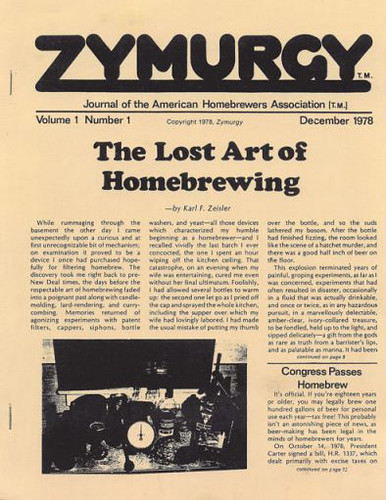







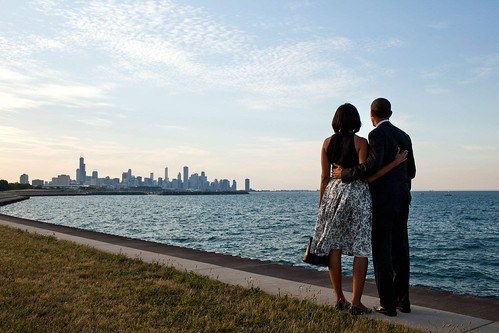
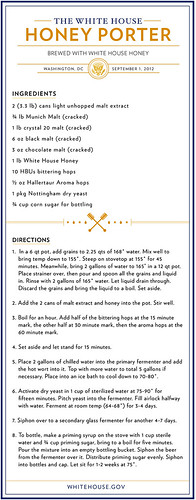


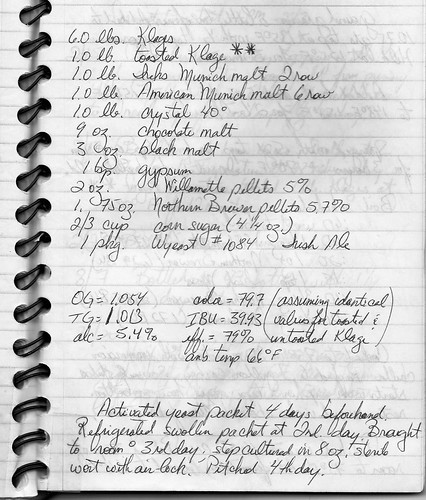
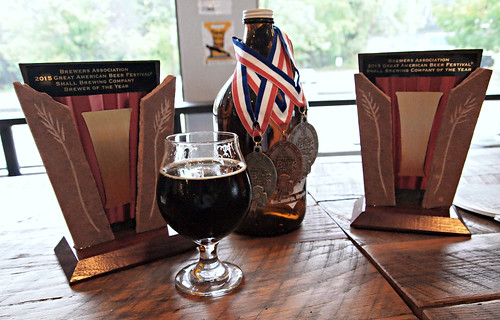

.jpg)
.jpg)












